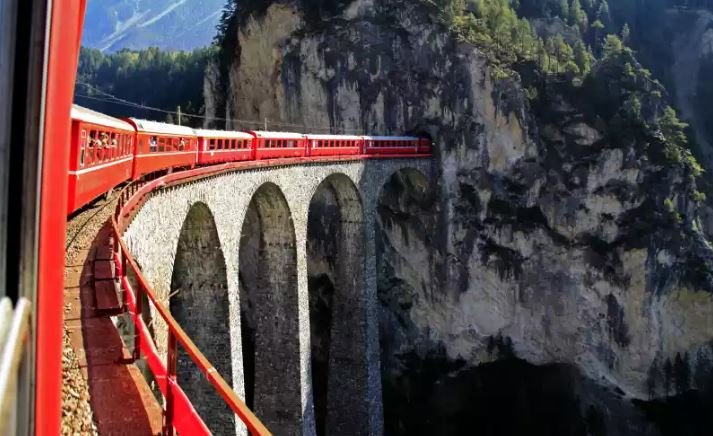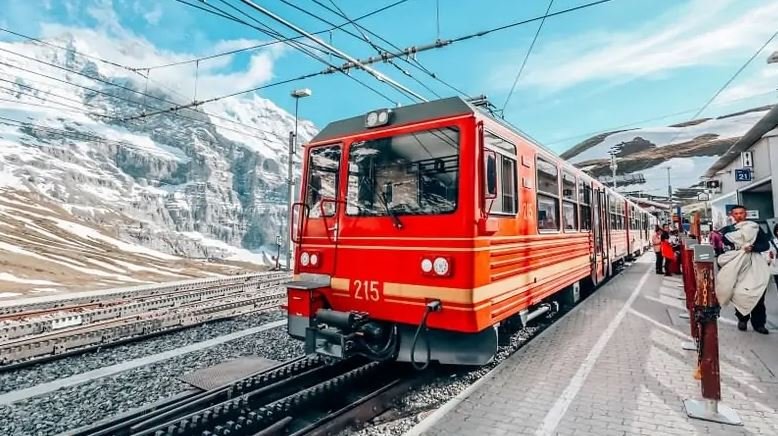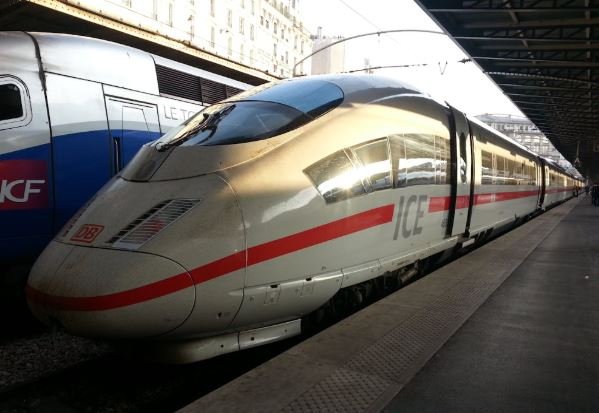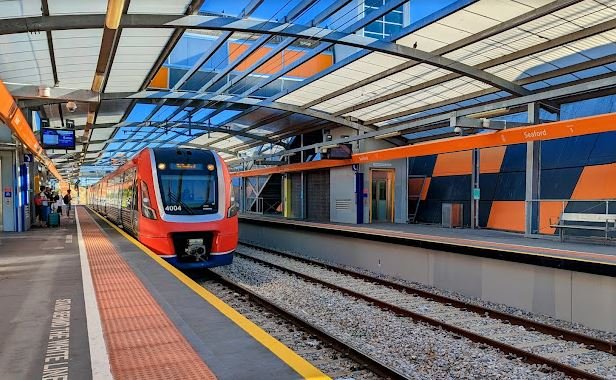A coordinated national rail timetable is available, consisting of intercity, regional, and scenic services for Switzerland. It includes:
- Fixed departure and arrival times
- Real-time updates and platform information
- Schedules for buses, boats, and mountain railways are attached
The timetable is published and operated by the Swiss Federal Railways (SBB CFF FFS) and can be accessed using applications, station displays, and assistants, and a PDF online version.
Why Swiss Train Timetable Important?
The timetable is the backbone of Switzerland’s transportation system. Its importance lies in:
- Allow smooth transfers among trains, coaches, trams, and ferries
- Serving more than 1.3 million daily commuters
- Less traffic congestion and less carbon dioxide
- Helping uphold the national reputation for punctuality and precision
How Swiss Train Timetable Work?
The timetable is planned around a “clock-face scheduling” pattern. This means:
- Trains run fairly regularly, so super often every 30 or 60 minutes
- Connections are coordinated at hub stations, such as Zürich HB and Bern.
- The long-distance, regional, and local lines interconnect at a rapid pace
| Feature | Description |
|---|---|
| Repeating Times | Same minutes past the hour each day |
| Node Synchronization | Trains arrive/depart together for easy change |
| Transfer Protection | Buffer time included to avoid missed links |
What Is the SBB Timetable and How to Use
The SBB timetable is the official Swiss national train schedule. It’s used for:
- Intercity and interregional journey planning
- International travel to Germany, Italy, and France
- Local travel planning and travel coordination with regional providers, such as BLS and RhB
The timetable is regularly updated by SBB to include real-time changes and seasonal modifications.

Do Swiss Trains Run on Time?
Yes. The Swiss rail system is among the most punctual in the world. Key metrics include:
- Over 90% of trains arrive on time
- Delays longer than 3 minutes are considered late
- Station announcements and information panels are adjusted instantly
Challenges of Managing the Swiss Timetable
As dependable as it is, keeping the schedule on course is full of complications:
Infrastructure Constraints:
- Limited platform capacity at major hubs
- Single-track lines in mountain regions
Climate Impact
- Heavy snowfall and rockslides disrupt alpine routes
- Weather-related delays need dynamic rerouting
Seasonal Variation
- Higher demand during ski season and summer holidays
- Requires flexible trainset deployment and staffing
International Coordination
- Timetable information from Deutsche Bahn, Trenitalia, and SNCF
- Cross-border regulations and differences in time zones
SBB tackles these challenges with AI-driven forecasting, buffer scheduling, and continuous system automation.
Is the Swiss Rail System Good for Travelers?
Yes, especially due to:
- Unlimited travel with the Swiss Travel Pass
- Boat, cable car, and local bus access included
- English-language customer service and announcements
- Regular timetable and disciplined, even in small towns
Visitors can rely on the schedule for hassle-free sightseeing without needing to rent a car.
Route Details:
Frequency by service type:
| Route Type | Frequency |
|---|---|
| Intercity (IC) | Every 30 minutes |
| Regional (RE/S-Bahn) | Every 15–30 minutes |
| Scenic Routes | 1–2 departures daily |
| Rural Lines | 1 per hour |


